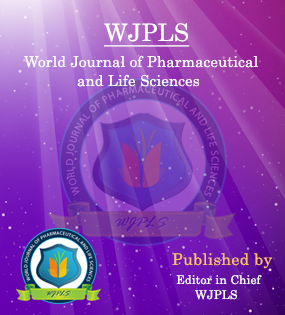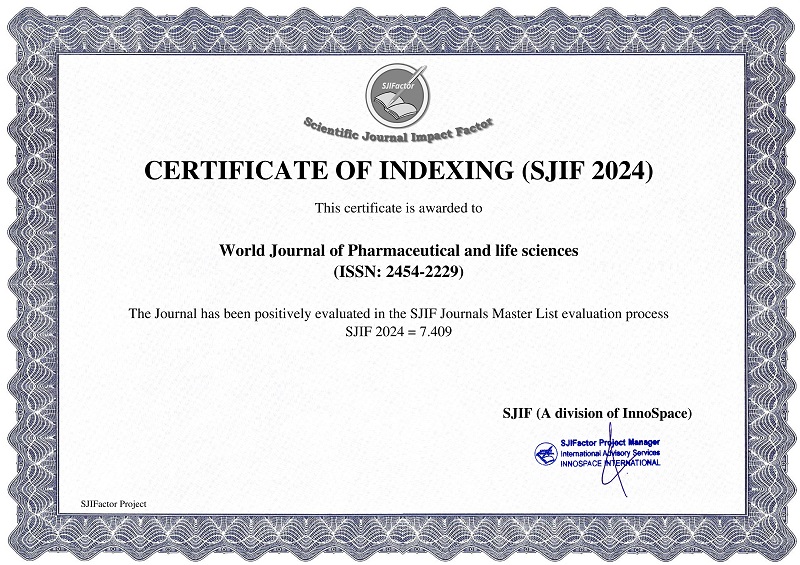Abstract
CONCEALED FACETS OF HONEY BEE STING
*Dr. Amrit Malik, Dr. Sudhir Malik, Dr. Meenakshi Chaudhary, Dr. Sapna Kaushish and Dr. Chinky Goyal
ABSTRACT
Honey bees are one of the most familiar insects in the world. Incidences of Honey bee stings are very common and symptoms may include minor to major reactions. Apiculturists are easily victimized by bee stings. Wasps, bees and hornets secrete a poisonous fluid which in toxic amounts is hemolytic and neurotropic. Apitoxin or honey bee venom, is a bitter colorless liquid, the active portion of which is a complex mixture of proteins that causes local inflammation and acts as an anticoagulant. Though it doesn’t seem alarming but for prevention and treatment of these bee stings, detailed information should be readily available to understand such incidences. Keeping this thing in view, complete description of honey bee sting, including its structure and composition as well as honey bee venom covering its lethal dose, physical characteristics, uses, composition, method of collection, different forms, toxicological effects of various components, signs and symptoms of bee sting along with its management. Ayurvedic perspective of Makshika and symptoms of their bites has also been sorted out from various classical texts.
[Full Text Article] [Download Certificate]WJPLS CITATION 
| All | Since 2020 | |
| Citation | 590 | 424 |
| h-index | 12 | 10 |
| i10-index | 17 | 14 |
INDEXING
NEWS & UPDATION
BEST ARTICLE AWARDS
World Journal of Pharmaceutical and life sciences is giving Best Article Award in every Issue for Best Article and Issue Certificate of Appreciation to the Authors to promote research activity of scholar.
Best Article of current issue
Download Article : Click here





